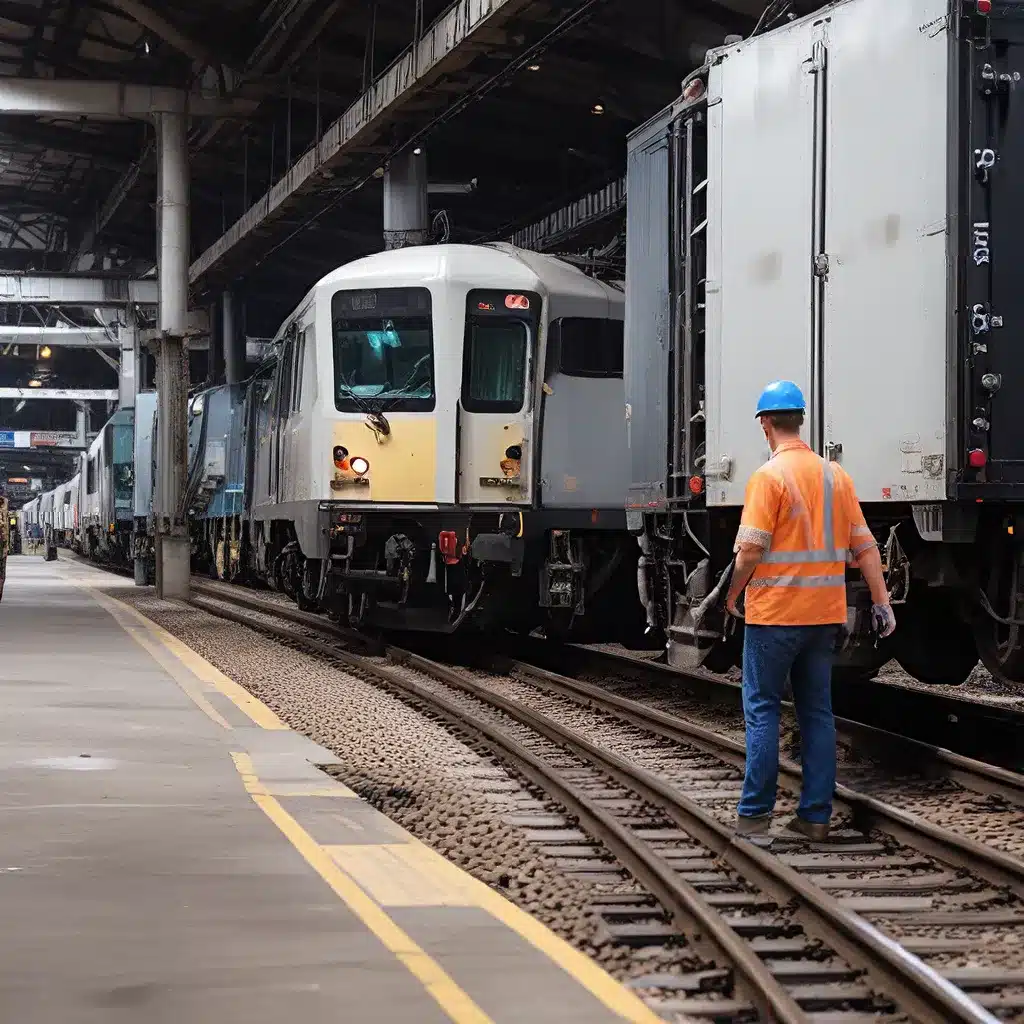
In the rapidly evolving world of transportation, the integration of sensor networks and IoT (Internet of Things) technologies is revolutionizing the way we approach asset management and maintenance. Predictive maintenance, powered by these advanced systems, is emerging as a game-changer, transforming the industry’s approach to operational efficiency, reliability, and cost savings.
Embracing the Power of Sensor Networks
At the heart of this transformation lies the integration of strategically placed sensors throughout transportation assets, from vehicles to infrastructure. These sensors continuously monitor a multitude of parameters, such as vibration, temperature, pressure, and electrical signals, providing real-time data on the health and performance of critical components.
By leveraging the vast amounts of data collected by these sensor networks, transportation organizations can gain unprecedented visibility into the condition of their assets. This, in turn, enables them to predict potential failures and proactively schedule maintenance interventions, rather than relying on traditional reactive approaches.
Predictive maintenance leverages advanced data analytics and machine learning algorithms to identify patterns and anomalies in the sensor data. These insights allow maintenance teams to anticipate issues before they occur, minimizing unexpected breakdowns and reducing costly unplanned downtime.
Transforming Transportation Asset Management
The adoption of sensor-driven predictive maintenance in the transportation industry has yielded significant benefits, revolutionizing the way organizations approach asset management and maintenance.
Improved Asset Reliability
By continuously monitoring the health of transportation assets, such as vehicles, aircraft, or rail systems, organizations can detect and address issues early, before they escalate into more severe problems. This proactive approach enhances overall asset reliability, ensuring that critical equipment is available and functioning at optimal levels when needed.
Reduced Downtime and Maintenance Costs
Unplanned downtime can be extremely costly for transportation companies, leading to lost revenue, missed deadlines, and dissatisfied customers. Predictive maintenance, enabled by sensor networks, allows organizations to schedule maintenance activities during planned downtime, minimizing the impact on operations and reducing overall maintenance expenses.
Enhanced Safety and Compliance
Sensor-driven maintenance strategies not only improve operational efficiency but also play a crucial role in enhancing safety and regulatory compliance. By identifying potential issues before they manifest, transportation companies can address safety concerns promptly and ensure that their assets meet all relevant industry standards and regulations.
Optimized Resource Allocation
The wealth of data provided by sensor networks enables transportation organizations to make more informed decisions about resource allocation. Maintenance teams can prioritize and schedule interventions based on actual asset conditions, rather than relying on arbitrary or time-based maintenance schedules. This optimization of resources leads to increased productivity and cost savings.
Securing the Sensor-Driven Future
As the transportation industry embraces the power of sensor networks and IoT, the importance of cybersecurity cannot be overstated. These connected systems are vulnerable to various cyber threats, from data breaches to system compromises, which can have severe consequences for both operations and customer trust.
To address these security concerns, transportation organizations must implement robust security protocols and best practices across their sensor networks and IoT infrastructure. This may include:
- Encryption of data transmissions to protect sensitive information
- Access controls and authentication measures to restrict unauthorized access
- Regular software updates and patch management to address vulnerabilities
- Comprehensive monitoring and incident response plans to detect and mitigate threats
By prioritizing cybersecurity in their sensor-driven predictive maintenance strategies, transportation companies can safeguard their critical assets, protect customer data, and maintain public trust in their operations.
Driving Sustainability through Sensor-Enabled Insights
In addition to the operational and financial benefits, sensor-driven predictive maintenance in transportation also plays a crucial role in promoting sustainability. By optimizing asset performance and reducing maintenance-related downtime, transportation organizations can minimize their environmental impact and contribute to a more sustainable future.
Energy-efficient sensor designs and advanced data analytics enable transportation companies to monitor and optimize their energy consumption, leading to reduced greenhouse gas emissions and improved resource utilization. Furthermore, the predictive capabilities of these systems can help organizations proactively address issues before they escalate, reducing the need for costly and resource-intensive reactive maintenance.
The Future of Sensor-Driven Transportation
As the transportation industry continues to evolve, the integration of sensor networks and IoT technologies will become increasingly essential. Sensor-driven predictive maintenance is poised to play a pivotal role in shaping the future of transportation, offering enhanced reliability, improved operational efficiency, and sustainable practices.
By embracing this transformative technology, transportation organizations can stay ahead of the curve, reduce costs, and deliver superior service to their customers. As the industry continues to adapt to the demands of the digital age, the power of sensor-driven predictive maintenance will be a crucial driver of progress and innovation.